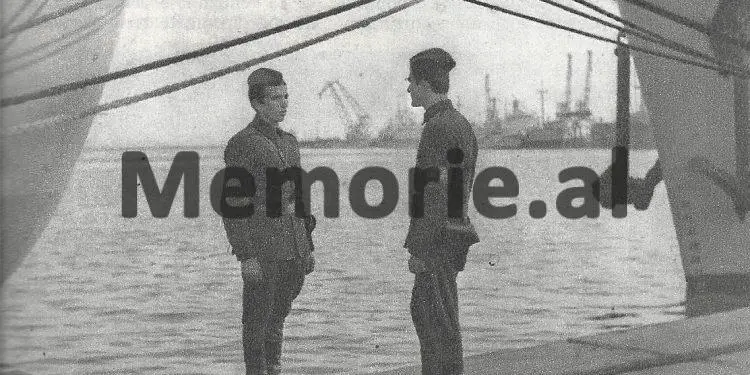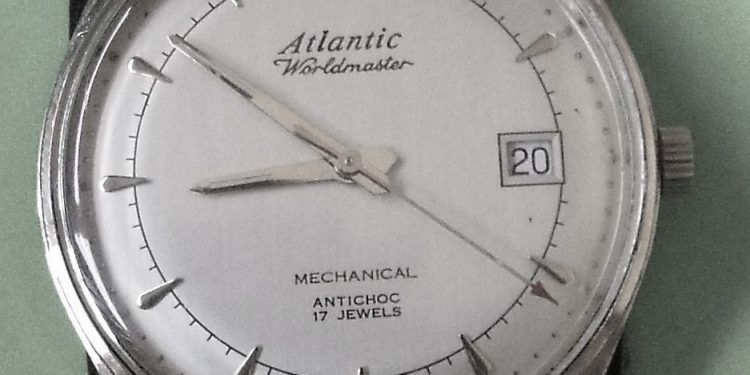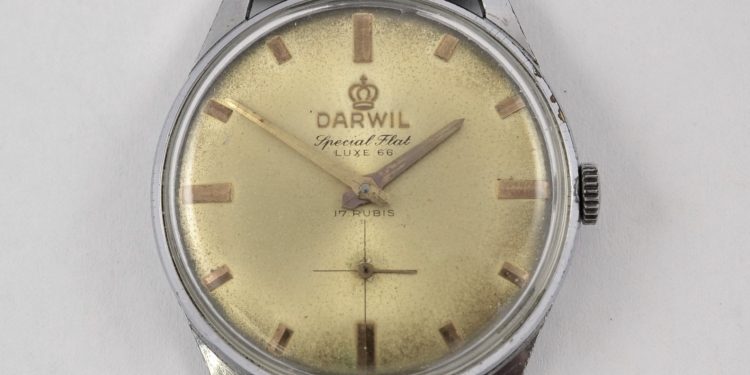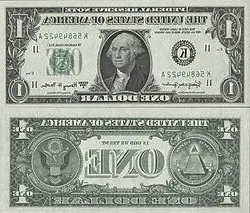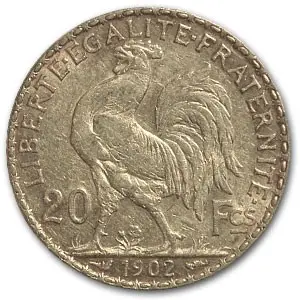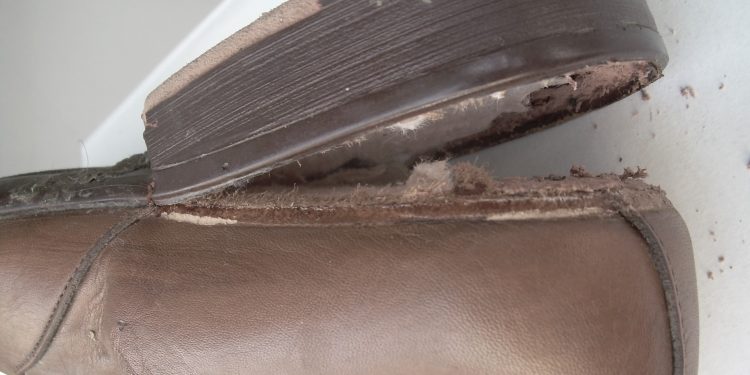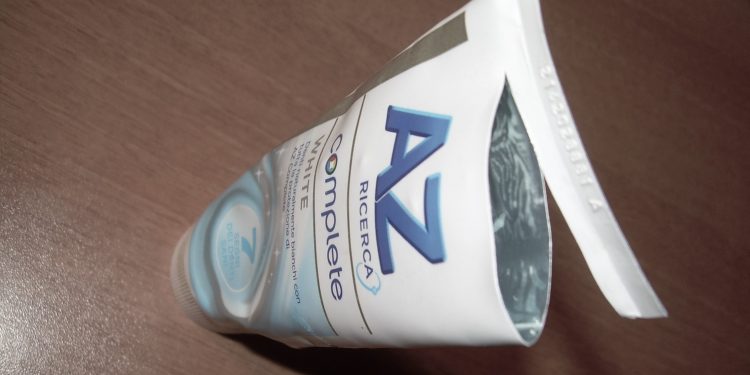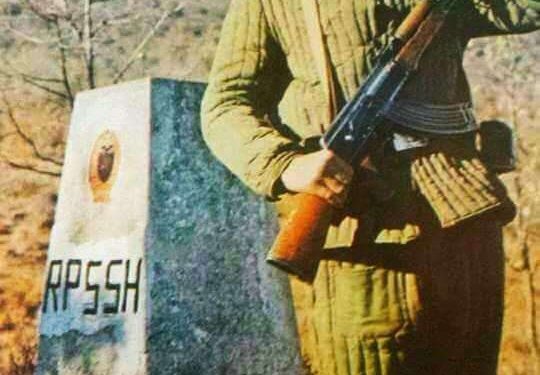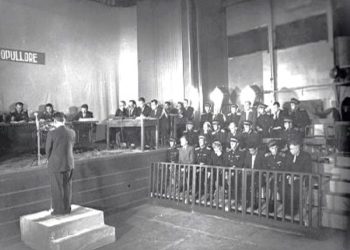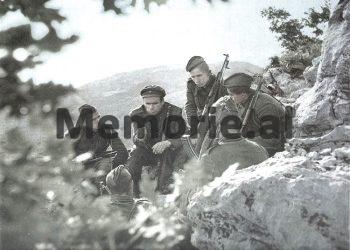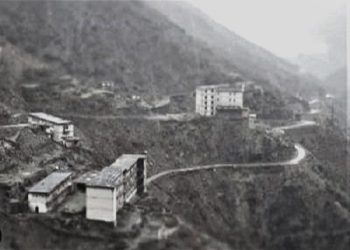Memorie.al/ Previously, we brought to the readers a part of the history of smuggling that took place in the port of Durrës, between different citizens and foreign sailors, mainly from the former countries of Eastern Europe. After that, we contacted a former ship captain, trans-oceanic transport, who had read the story of the collection of gold from Qemal Cami, the exchange with scarce materials of the local market, and said that this “game” of smuggling, despite the efforts of the Security of the State, flourished to a very large extent in that period.
There were constant arrests, but smuggling continued without interruption. Thus he brings as an example the case of the ship “Teuta” in Poland. After many contraband materials were found, 3 people were arrested and 5 others were fired. 18 other sailors were left in internal transport, with small ships. The same thing happened with the ship “Captain Ahmet Luli”.
At that time, her captain was not arrested with the others, but was left with criminal politics, just like me, with whom we were a communist family, with numerous kinship ties with the high nomenclature of that time.
He had managed to introduce contraband, even color televisions, which at that time, even the members of the Political Bureau did not have at home. Later, a part of them began to be equipped with TV cameras, from the state smuggling of cigarettes, which was done by the state in the port, near quay 0, by Qazim Muftiu, a senior officer of the Ministry of Interior.
Currency insurance for the western market
The now-retired captain, who wishes to remain anonymous and maintain the confidentiality of the conversation, indicated that in order to carry out the purchases at that time, it was necessary to secure currency, mainly in gold, but also in dollars, or other derivatives .
“I – continues the Captain’s confession – I secured the gold currency mainly in Krujë, Korçë and Përmet. I even remember, when I did the first smuggling, how scared I was. There were 3,000 pieces of tape recorders and 5,000 women’s scarves (nylon), which were in high demand in the local market, but also dolls, etc.
In Egypt, we used to get beads for women, from the ones that are worn around the neck, which were different colors. For one dollar, you get 10 pieces, the least. The local market took the pair of beads off his hand for 3000 ALL (old ones).
With one dollar, if we refer to the value of the labor salary, which was on average 5000-6000 ALL per month, you get half a year’s salary. Egypt had wholesale and cheap goods. While in Turkey, women’s skirts, rings, jewelry, etc. were smuggled.
Buying goods in the foreign market and disguise with packages for embassies
“The sailors usually went out in the cities where we had anchored, in groups of three. This was also the regulation”, – continues the Captain’s narration. “While I, as a ship captain, went to the agency to secure the cargo. In order not to be noticed, I took the secretary of the party with me. I had my friend. I would finish work with the ship’s cargo and then head to the store.
With the request that I need 5000 scarves, glasses, any kind of material that I needed. We paid and the seller brought them to us in his own vehicle, up to the ship’s board. Packaged, as; “ship cargo for foreign embassies”. Written above, according to the prior agreement on cardboard packaging: “Mineralimpex”, “Tranship”, “Albimpex”, etc.
Customs did not play them when we returned, as they believed they were goods from embassies. This is how we worked with Italian traders. They were very fair with us. I remember one occasion, when I had hidden in the armchair of the captain’s room, about 14 pieces of Swiss watches of the “Darvil” type. The customs personnel came and sat on them, where I treated them with whiskey. They didn’t understand anything.”
How did the smuggled goods enter the port from Egypt with the ambassador’s car?!
The captain tells of a specific case. “The ship was located in Egypt and from our embassy there, a photocopier was to be taken, which was for the ALP Central Committee. After communicating with our ambassador, we loaded the photocopier into his vehicle and I left with the driver to bring it to the ship. On the way I loaded into the car, a large amount of beads, about 8000 pairs.
When we approached the port, I told the driver to put our flag on the car, as this indicated that it was the ambassador’s car and she had diplomatic immunity. The policeman honored us and together with the photocopier, we put all that merchandise on the ship.”
How did thousands of transistors come for the cans of TV antennas?!
“We used to buy a lot of cheap goods even in Yugoslav ports. Especially in Rijeka, where you can find everything. From that period, I remember that a very profitable market was also the sale and purchase of transistors for the production of cars that were attached to television antennas, to catch foreign stations that were broadcast from our country. They were of the BFR9001 and AFR types. In one case alone, I brought 287 pieces, as much as the store in Rijeka had.
A transistor cost about 2-3000 ALL at that time. This article was very convenient, even to transport, since the entire quantity was put in a pack of cigarettes. With a profit of over 800,000 ALL goods, of that period.
These were absorbed a lot and we had frequent orders from the TV technicians that people asked for them, since it was the years that TV sets were entering many Albanian families, who were interested in catching as many stations as possible from neighboring countries. For example, in Durrës, many Italian stations and all artistic activities, sports, festivals, news, etc. were followed”.
Kollondajku’s gold is trafficked from Albania to Yugoslavia!
It is about a gold ore that came to our country, probably smuggled from America. American gold has had a special history. It was an ore cut directly from the American gold mines, perhaps in Kollondijk. Came to our country, from the immigrants of the early period.
This object was entrusted to the person in question. to exchange it for goods. The captain remembers that he gave this ore, which was about 1,200 grams, to a clandestine gold trader from Kruja, who also had many coins. The vein of gold was wrapped in a black mass of carbon, while in the middle of this mass, glittered gold, which was metal, almost pure.
“I took it to exchange it in Rijeka,” he says, “but even the merchants of Rijeka were scared by the large amount of gold and did not dare to exchange it.” Really. they didn’t have as much money as the ore cost. When I left the ship in the port of Rijeka, – remembers the sailor, – I stopped at a shop of that period “Rrahmani Optik”, where glasses were sold, near a club “Maçka” in “Qoshku”, where “Rijeçka-Bank” started.
My friend was shocked when he saw it. He had never had so much gold in his hand before! At that time, gold was worth 35-40 dollars per gram on the stock exchange. So it captured a value of over 40 thousand dollars. They had no money and maybe they were also afraid of their Political Police.
So we returned it back from where it was taken, – remembers the Captain. But I never managed to get my hands on such a large amount of gold, then in my life”, the former captain concludes the interesting conversation about the gold ore from America.
“During the time I had him in the cabin, I felt a little bit like John Silver. I returned it to the master and I no longer know its fate. 15 years ago, the one who had it, passed away and no longer knows the fate of this precious stone”.
“Korça” and “Skënderbe” cognac replaced the currency
“When we transported cognac, we had the currency with us”, said the sailors. From the loads in the barn, they were overflowing with dozens of crates of drinks. When sailors went out for shopping by 3 people, they took about 15 pieces with them, all three. And this brought them income, in the amount of 30 dollars. Once sold from $2 a bottle.
This was too much for them, as the per diems in foreign exchange they received were ridiculous. The captain remembers a case, when they stayed in Somalia for 3 months and for this, he received a diet of $21. “Perhaps even this treatment with little currency was a reaction to the massive smuggling that our sailors did in secret”, says Ylli Baro, one of the former ship captains at that time.
Discharge from ship and Port of brought goods
“When the ship entered the port, after the customs control was carried out, the removal of the purchased items began. Usually at night, with trawlers or inner harbor boats. And with the many means of transport that the port had. Trucks, vans, owners…! But also with other means. In one case, I loaded the goods with the car of the Head of the Internal Affairs Branch.
I had brought something to his driver, who had asked me and came in his car. Yes, in it, I uploaded all the materials that I had taken for myself. I laugh now when I remember it, but then it was a lot of tension. It was perhaps as a mockery, for all the past fear, of the Home Office, a terrible authoritarian institution.
No one dared to check the vehicle, as it is known the authority of a Head of Internal Affairs. Even the car was part of his authority…! Let them do the checks. And I sent them home…”! This is how the old former sailor, the challenger of the harsh laws of the communist state of that period, ends the conversation…! Memorie.al




